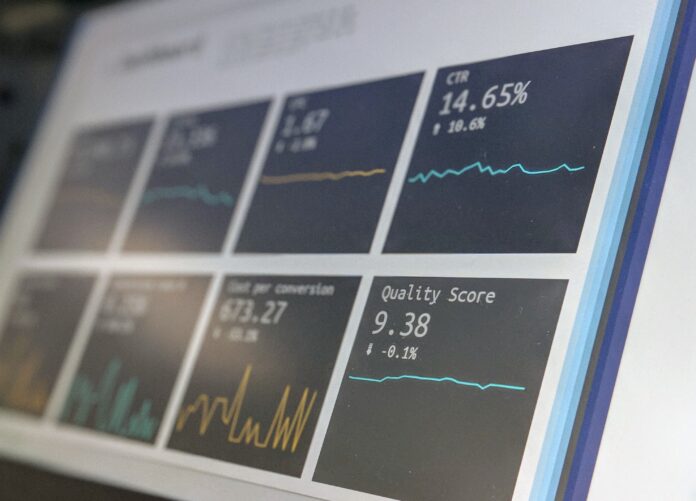In the realm of search engine optimization (SEO), on-page optimization plays a crucial role in improving your website’s visibility and rankings on search engine result pages (SERPs). On-Page SEO refers to the practice of optimizing various elements on your website to enhance its relevance, usability, and overall user experience. By focusing on on-page factors, you can make your website more search engine-friendly and increase its chances of ranking higher for relevant keywords.
When it comes to on-page SEO, there are numerous elements that demand attention. These elements include keyword research and optimization, meta tags, header tags, content optimization, URL structure, internal linking, image optimization, mobile-friendliness, site speed, and user experience. Each of these factors contributes to the overall on-page optimization of your website.
First and foremost, conducting comprehensive keyword research is a fundamental aspect of on-page SEO. By identifying the keywords that your target audience is using to search for your products or services, you can strategically optimize your content to align with those keywords. This involves integrating relevant keywords into your page titles, headings, meta descriptions, and throughout the content in a natural and meaningful way. However, it is important to avoid keyword stuffing, as search engines may penalize websites that engage in this practice.
Meta tags, including the title tag and meta description, are crucial elements for on-page optimization. The title tag is an HTML element that specifies the title of a webpage and appears as the clickable headline in SERPs. It is advisable to include your primary keyword in the title tag while keeping it concise and compelling to entice users to click through to your website. The meta description, on the other hand, provides a brief summary of the webpage’s content. It should be informative, engaging, and include relevant keywords to increase click-through rates.
Header tags, such as H1, H2, and H3, are HTML elements that structure the content on your webpage. These tags not only help search engines understand the hierarchy of your content but also make it easier for users to navigate your page. It is best practice to include your primary keyword in the H1 tag, as it holds significant weight in terms of SEO. Additionally, using H2 and H3 tags to organize subheadings and sections of your content can improve readability and user experience.
Content optimization is a critical component of on-page SEO. High-quality, relevant, and engaging content not only attracts visitors but also helps search engines understand the context and relevance of your website. When optimizing your content, ensure that it is unique, well-structured, and provides value to your audience. Incorporate your target keywords naturally throughout the content, but be careful not to overdo it. Aim for a keyword density that feels organic and reads naturally.
The URL structure of your website is another on-page SEO factor that should not be overlooked. URLs should be concise, descriptive, and include relevant keywords where appropriate. Avoid using long, convoluted URLs that are difficult for users and search engines to comprehend. Instead, opt for short and clean URLs that accurately reflect the content on the page.
Internal linking is an effective on-page SEO technique that involves linking relevant pages within your website. By interlinking your webpages, you create a network of connections that search engines can follow to understand the structure and hierarchy of your site. Internal links help distribute link equity throughout your website, improve navigation, and enhance user experience. When implementing internal links, use descriptive anchor text that includes relevant keywords to provide additional context to search engines.
Optimizing images is an often overlooked but important aspect of on-page SEO. Search engines cannot interpret images, so it is crucial to optimize them with alt tags or alternative text. Alt tags provide descriptive text that allows search engines to
Mobile-friendliness is no longer optional but a necessity for on-page SEO. With the increasing use of mobile devices for browsing the internet, search engines prioritize mobile-friendly websites in their rankings. Responsive design ensures that your website adapts and displays properly on various screen sizes, providing a seamless user experience across devices. Mobile optimization includes optimizing font sizes, button sizes, and ensuring that the website layout remains user-friendly on smaller screens.
Site speed is a crucial on-page SEO factor that significantly impacts user experience and search engine rankings. Slow-loading websites can lead to higher bounce rates and lower conversions. To optimize site speed, minimize HTTP requests, optimize code, leverage browser caching, and compress images. Regularly monitoring and optimizing your website’s speed can improve its overall performance and SEO rankings.
User experience (UX) is at the core of on-page SEO. Search engines aim to deliver the best possible results to users, and websites that prioritize user experience tend to rank higher. Factors such as easy navigation, clear call-to-actions, engaging content, and fast loading times contribute to a positive user experience. User-friendly navigation ensures that visitors can easily find the information they are looking for, while clear call-to-actions guide them towards desired actions, such as making a purchase or filling out a form.
In conclusion, on-page SEO encompasses a range of techniques and optimizations that improve your website’s visibility and rankings on search engine result pages. From keyword research and optimization to meta tags, content optimization, URL structure, internal linking, image optimization, mobile-friendliness, site speed, and user experience, each element plays a significant role in enhancing your website’s on-page optimization. By implementing these strategies effectively and consistently, you can improve your website’s search engine rankings, attract more organic traffic, and provide a better overall experience for your users. Remember, on-page SEO is an ongoing process, and staying up to date with industry trends and algorithm updates is essential to maintain and improve your website’s performance in the search results.





























